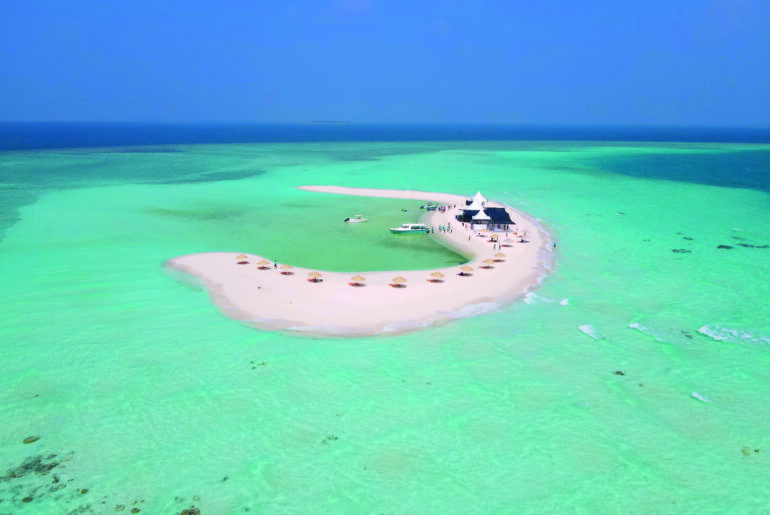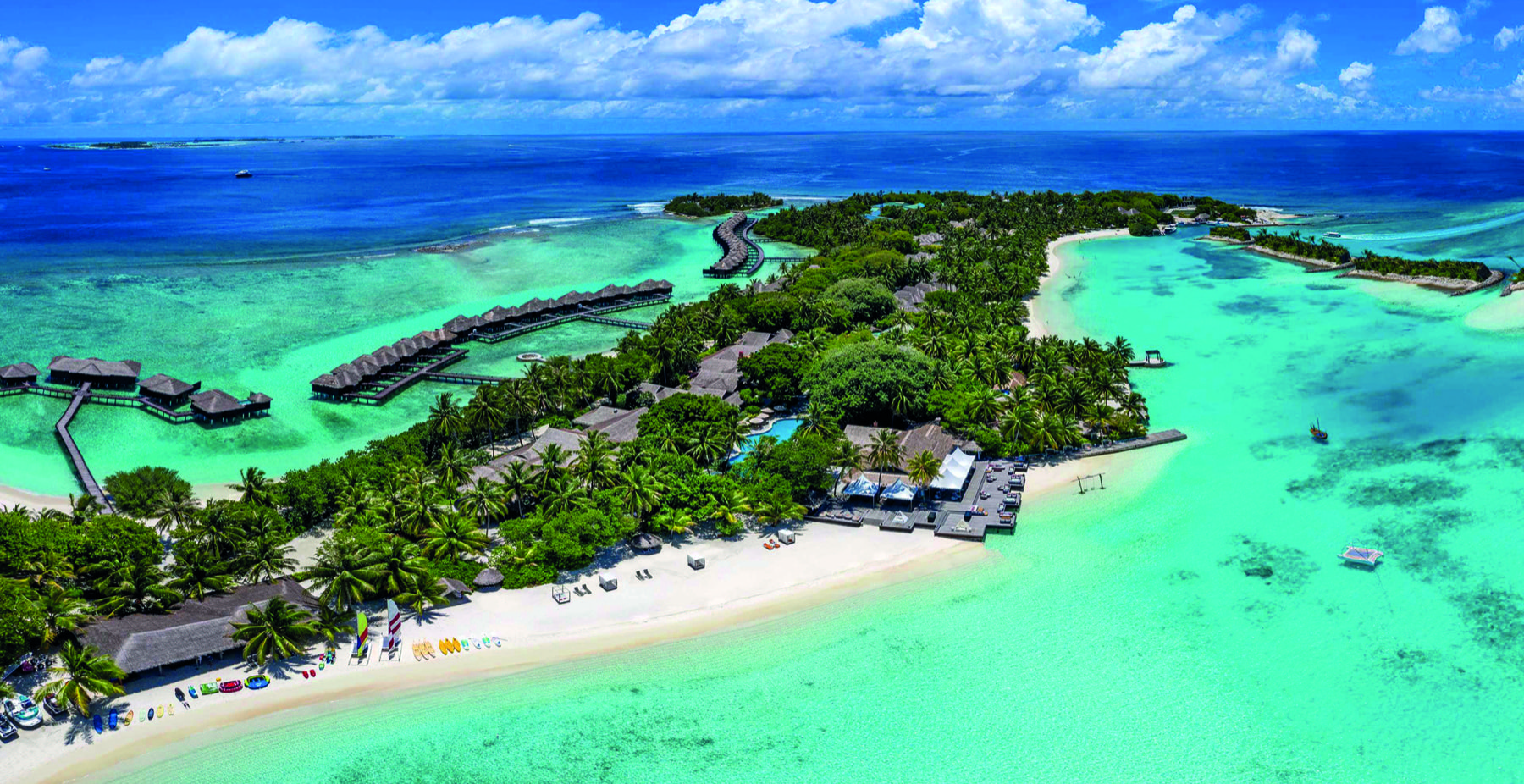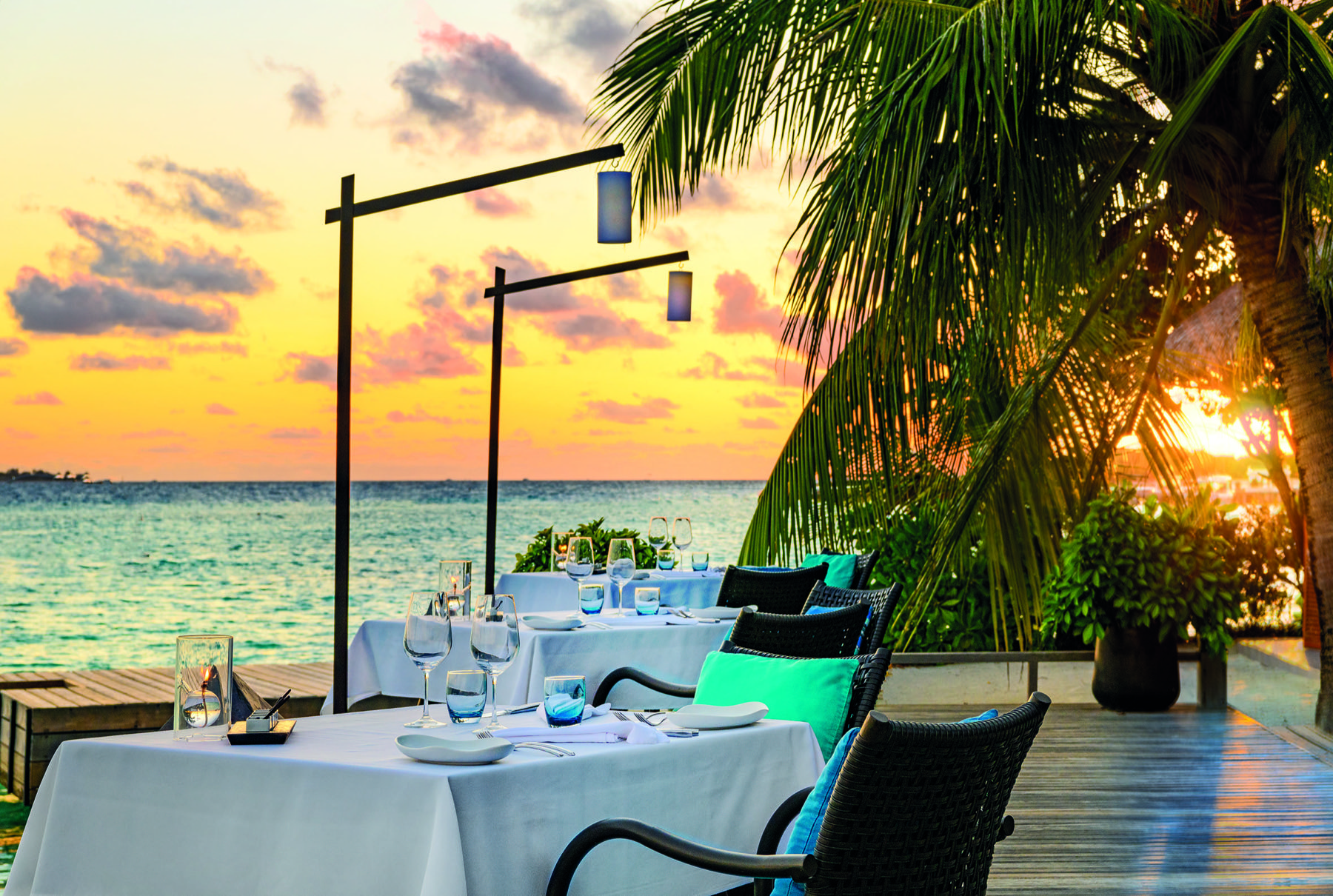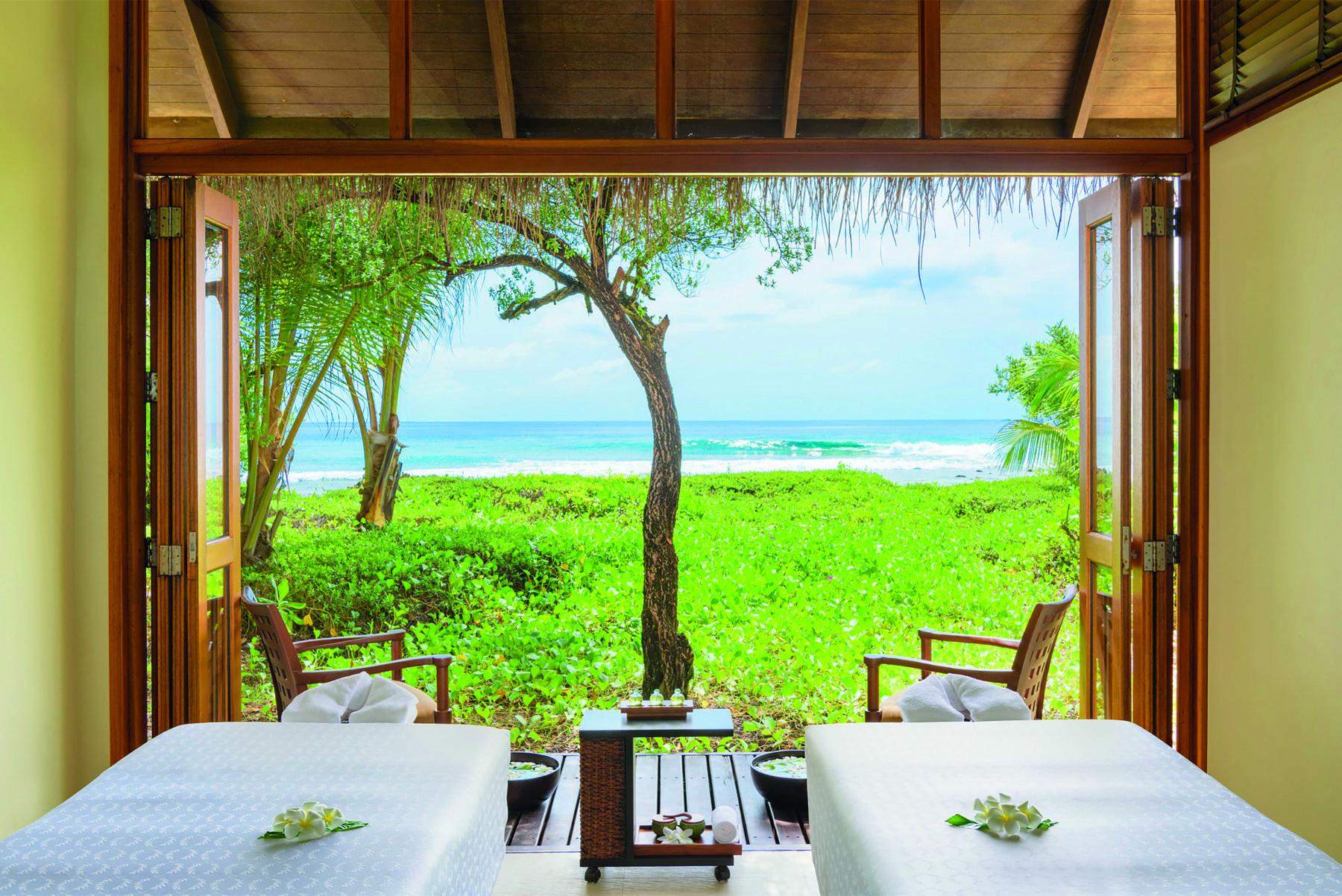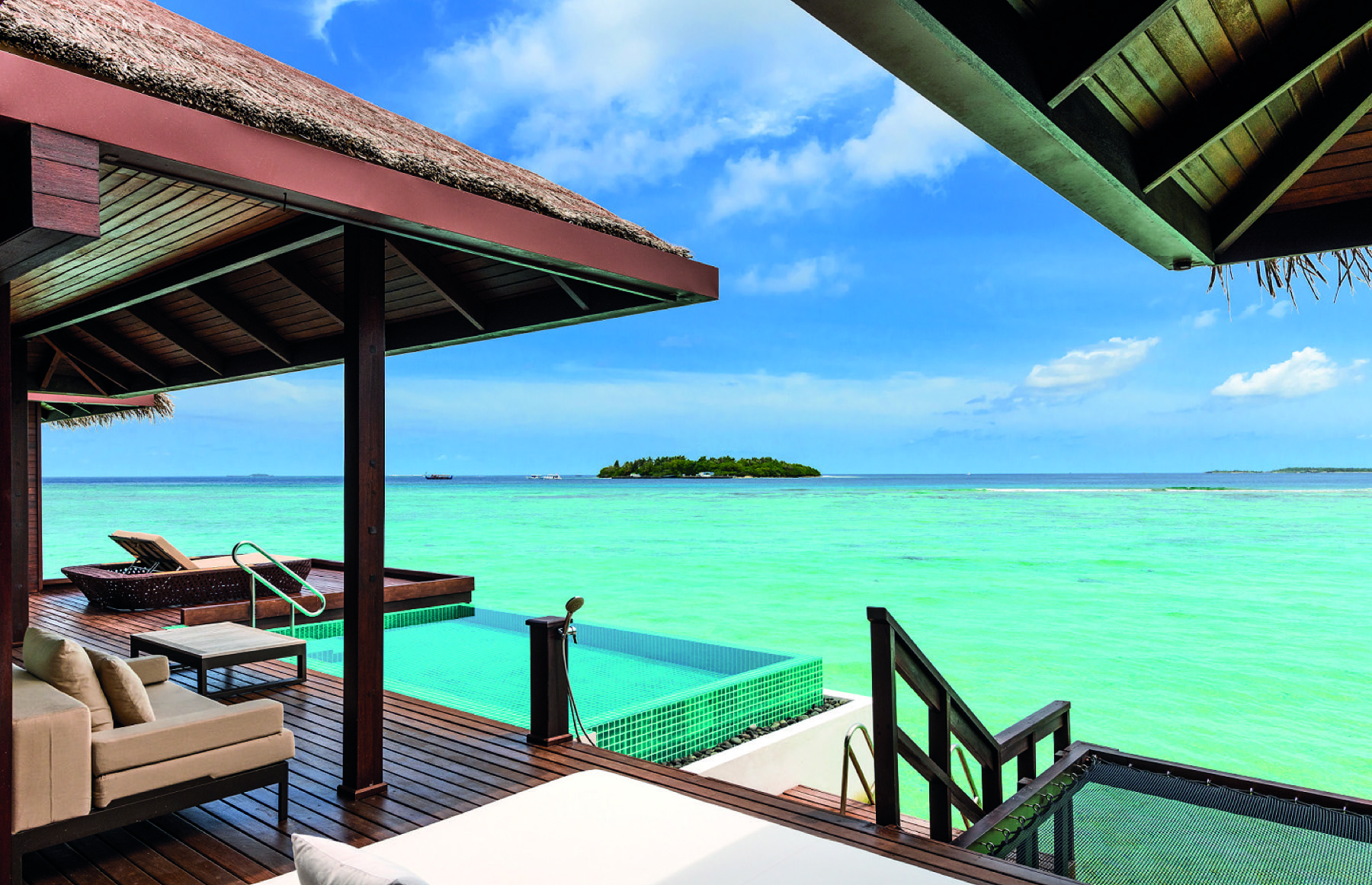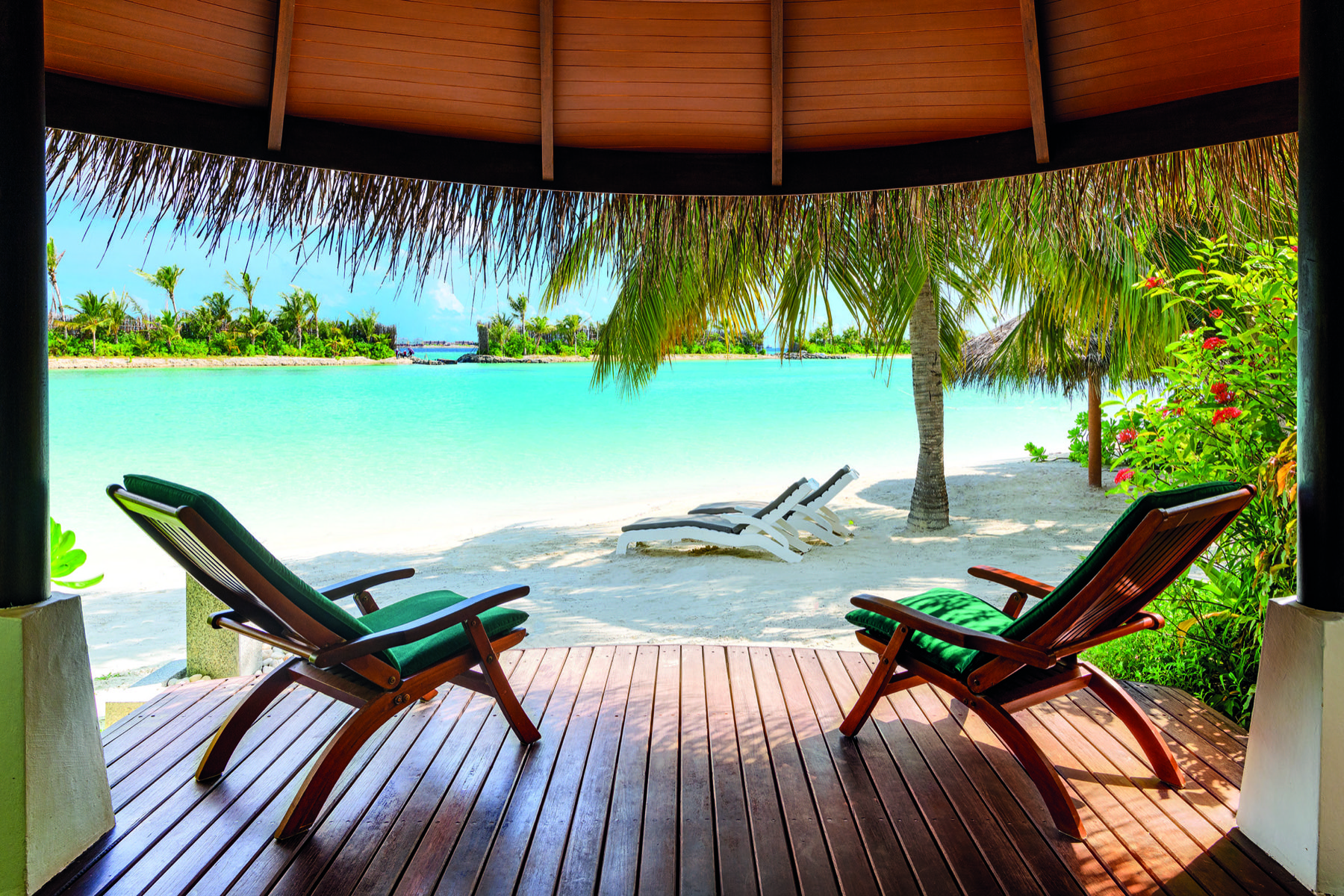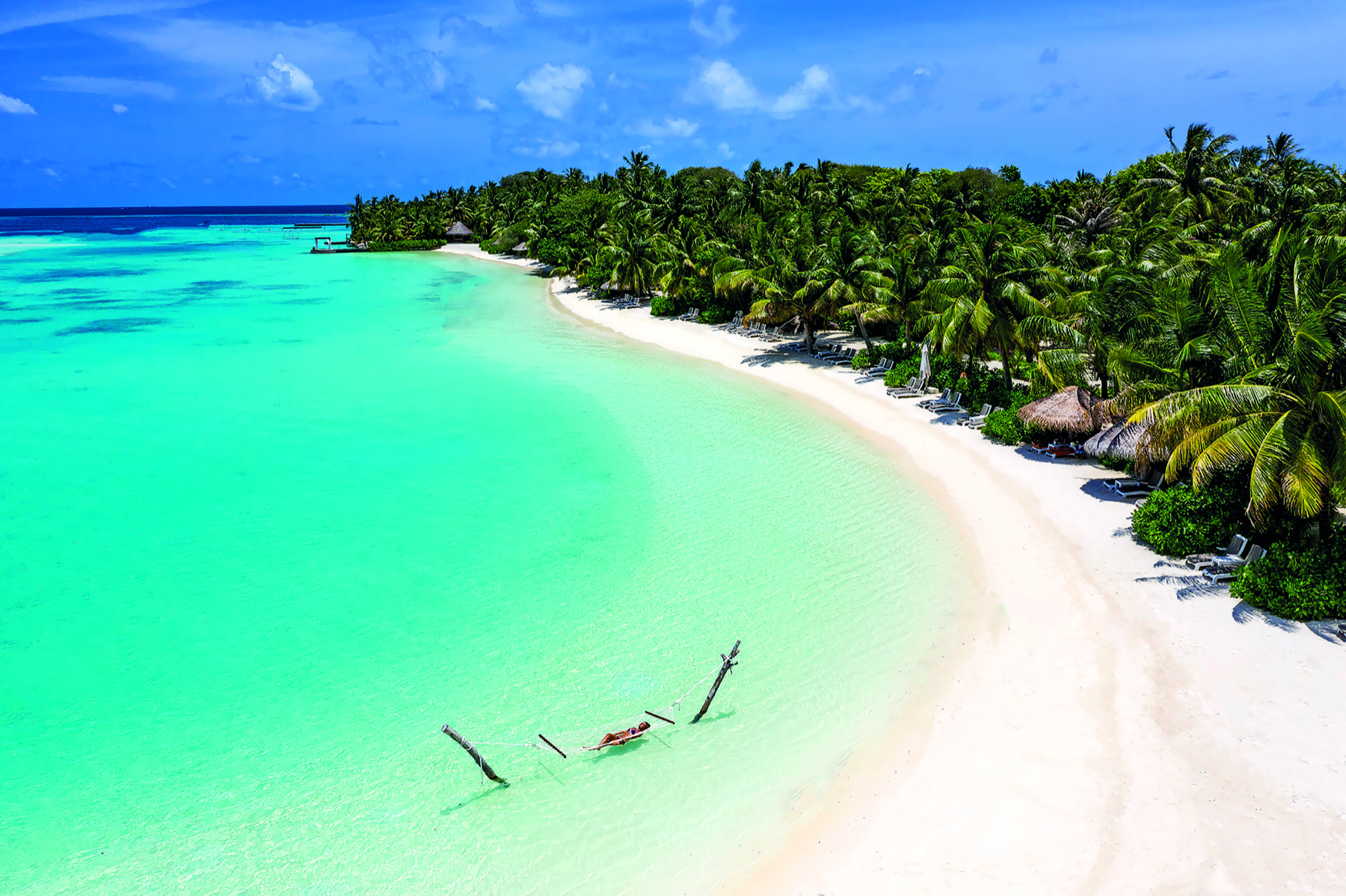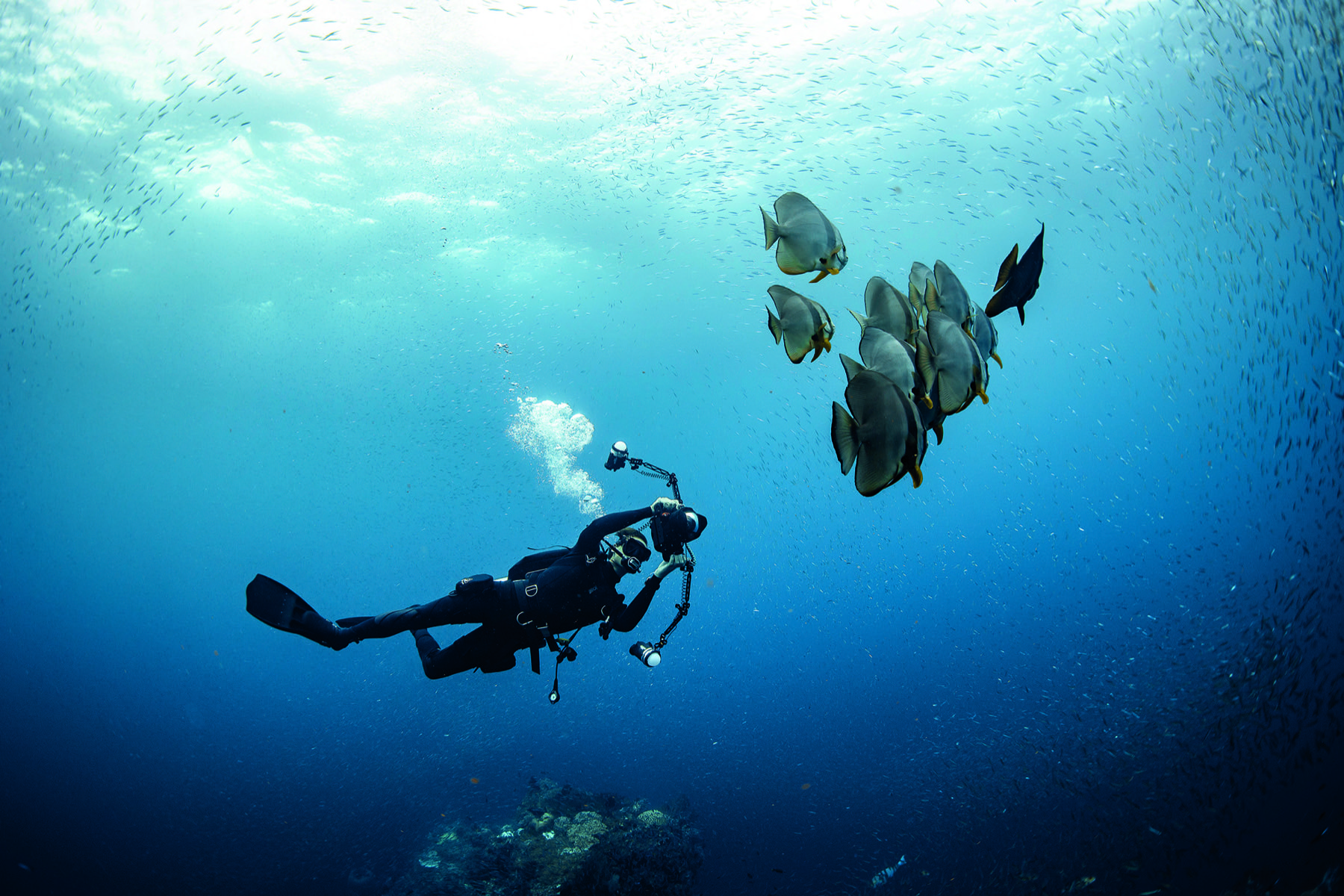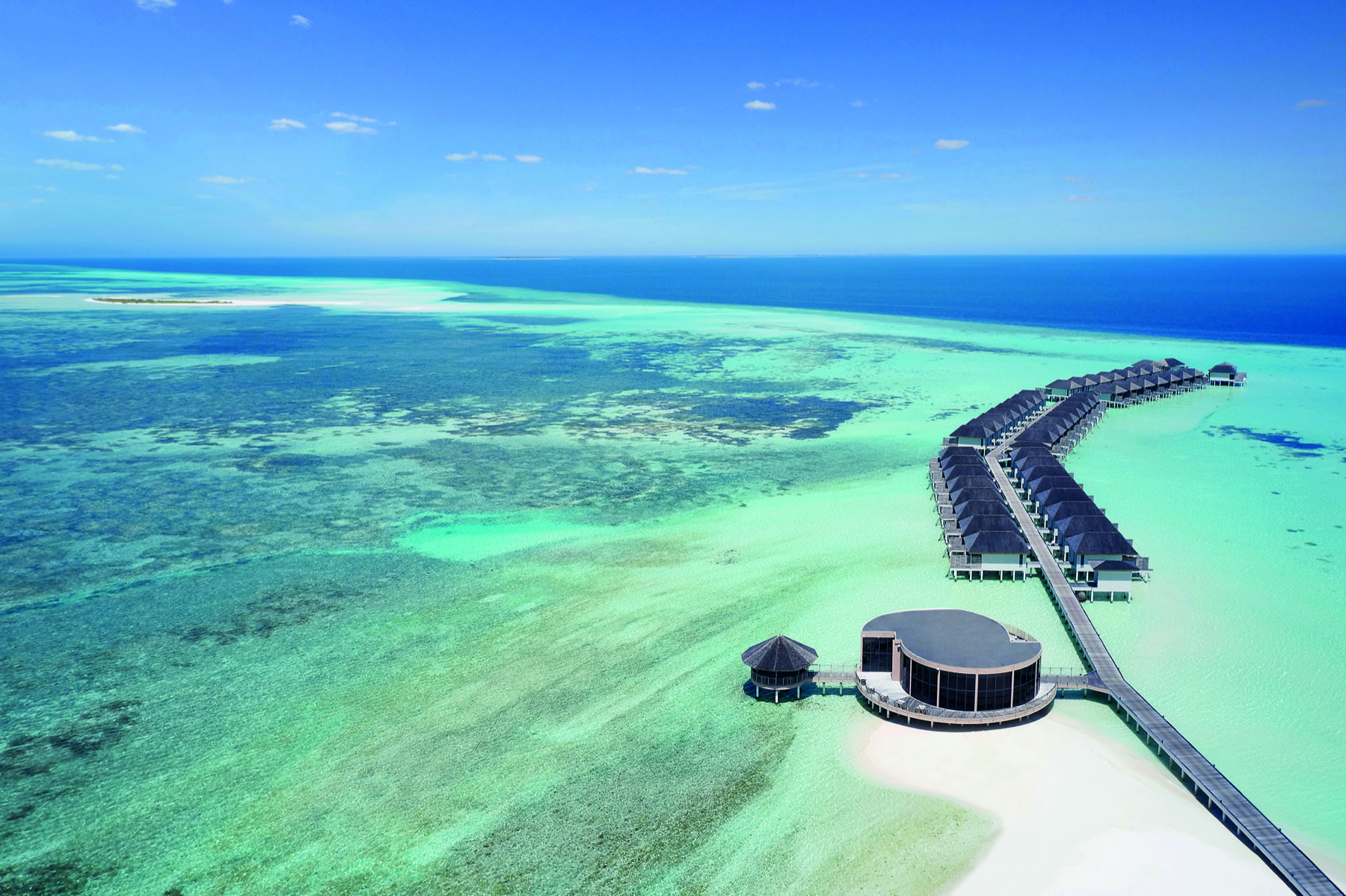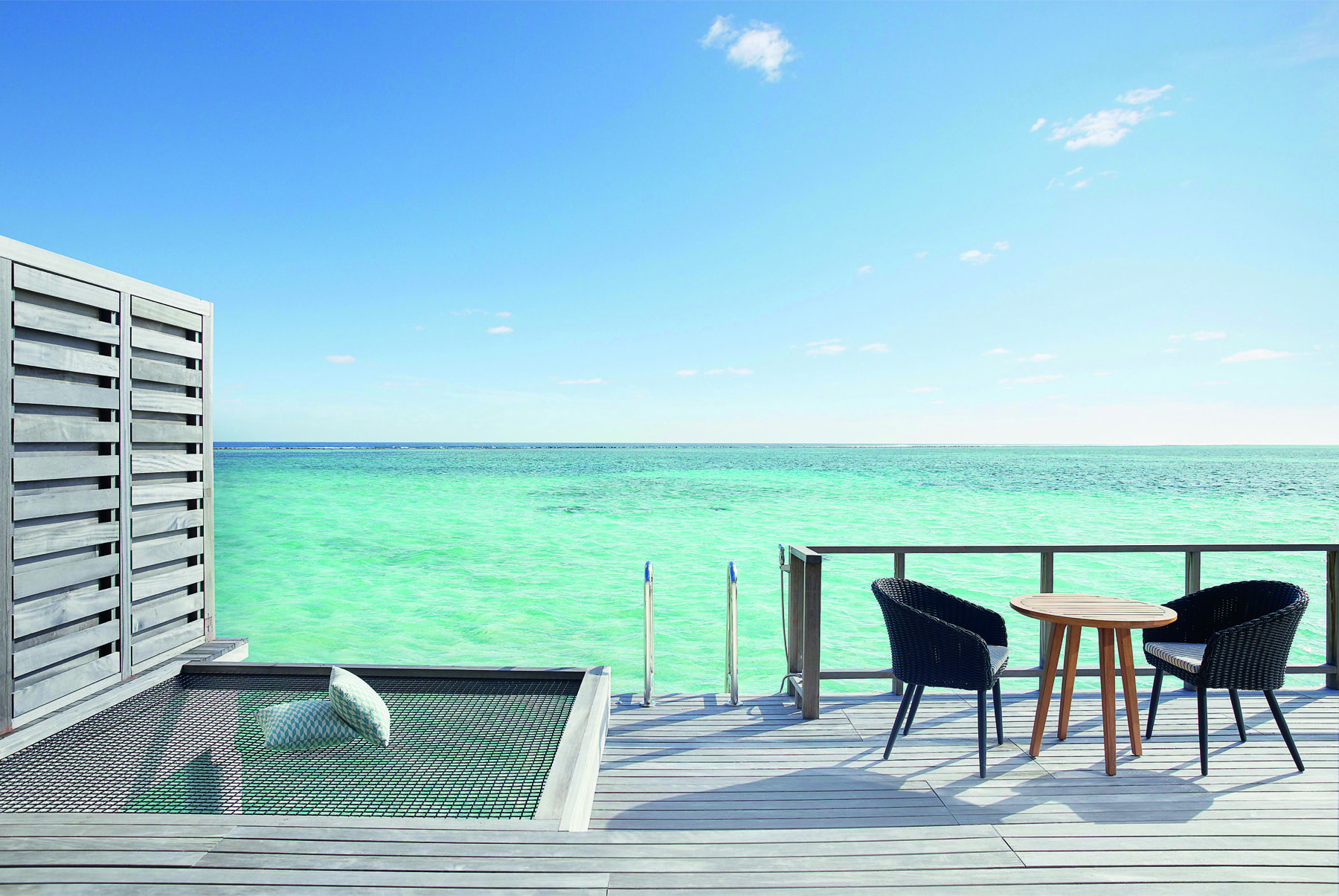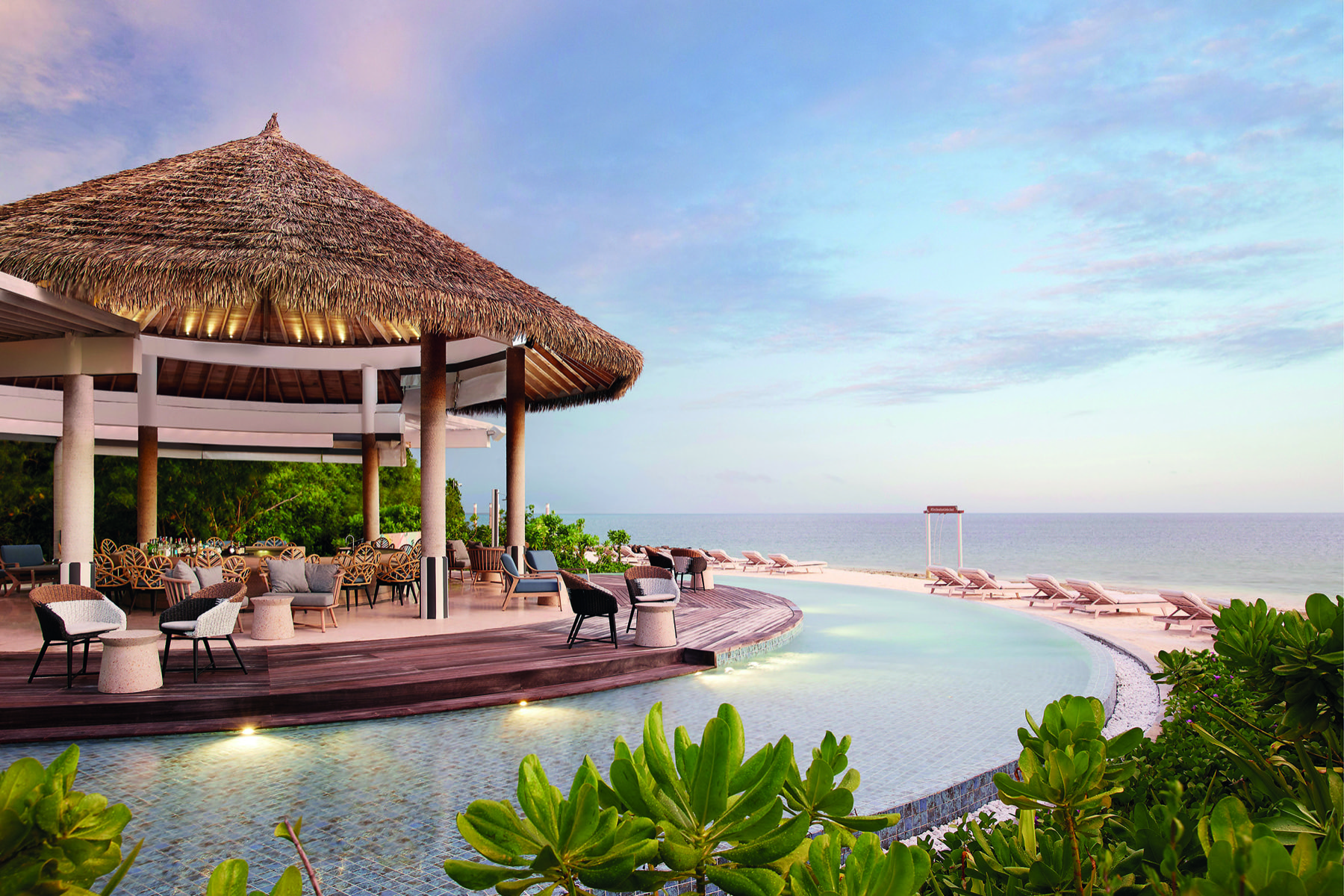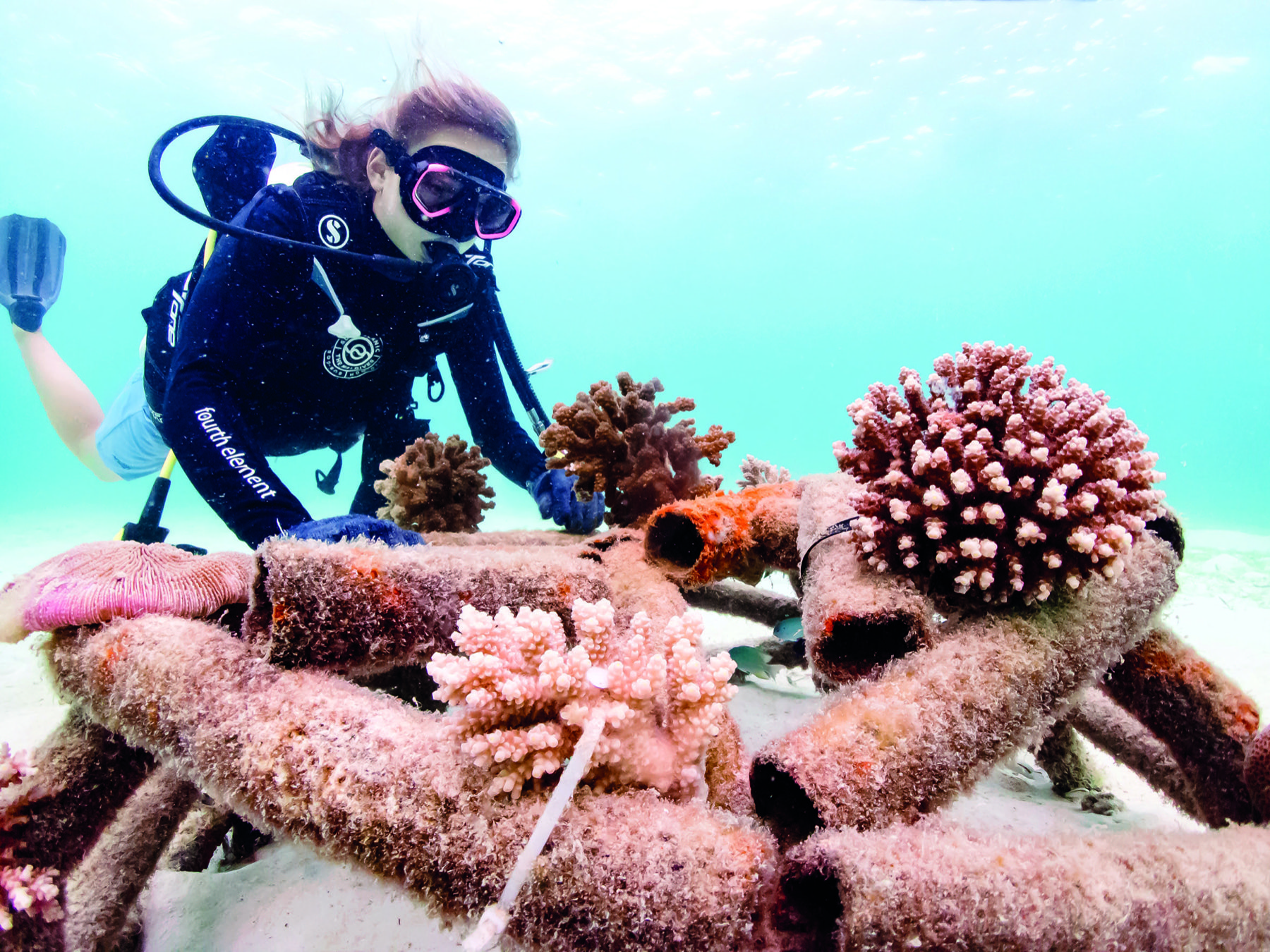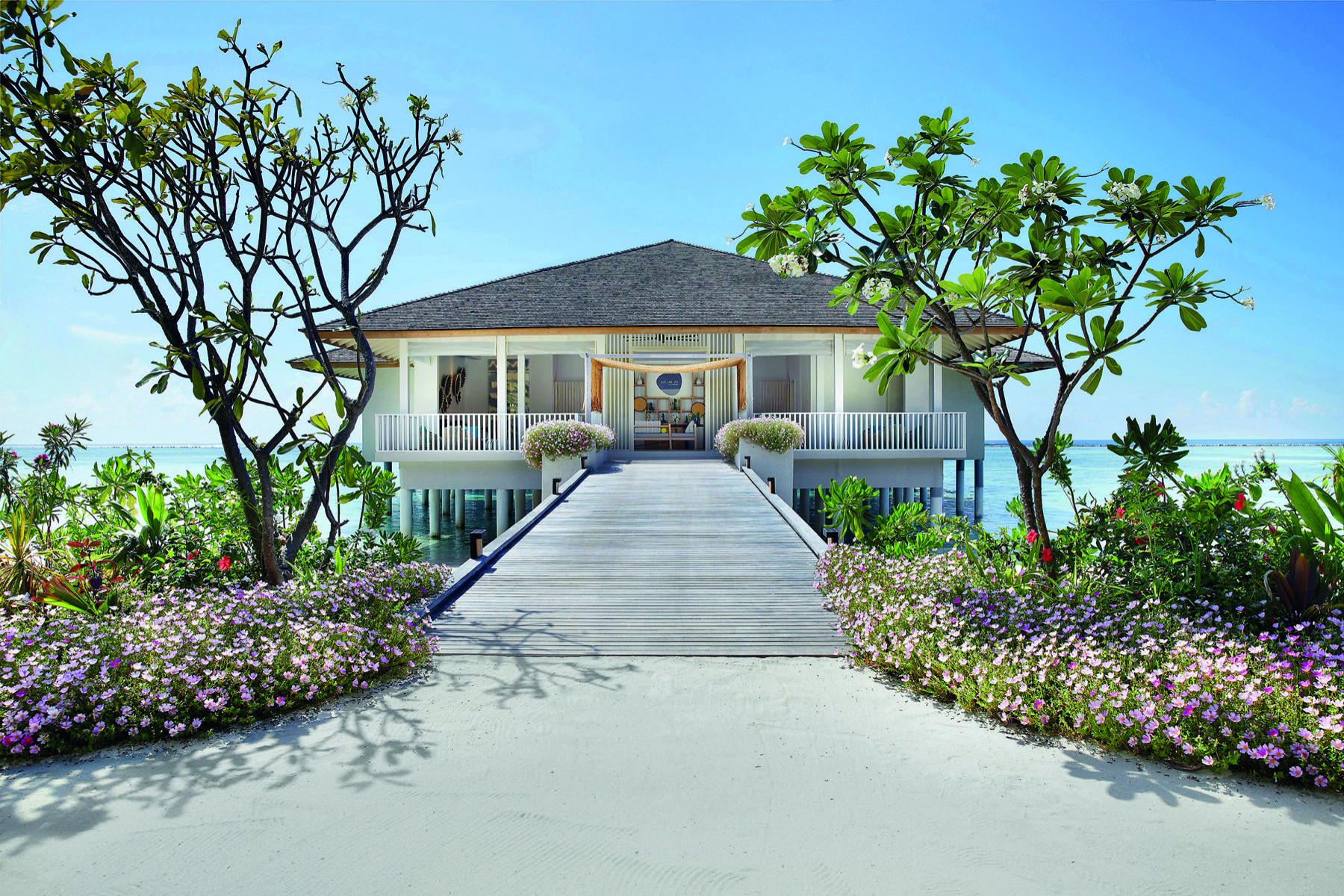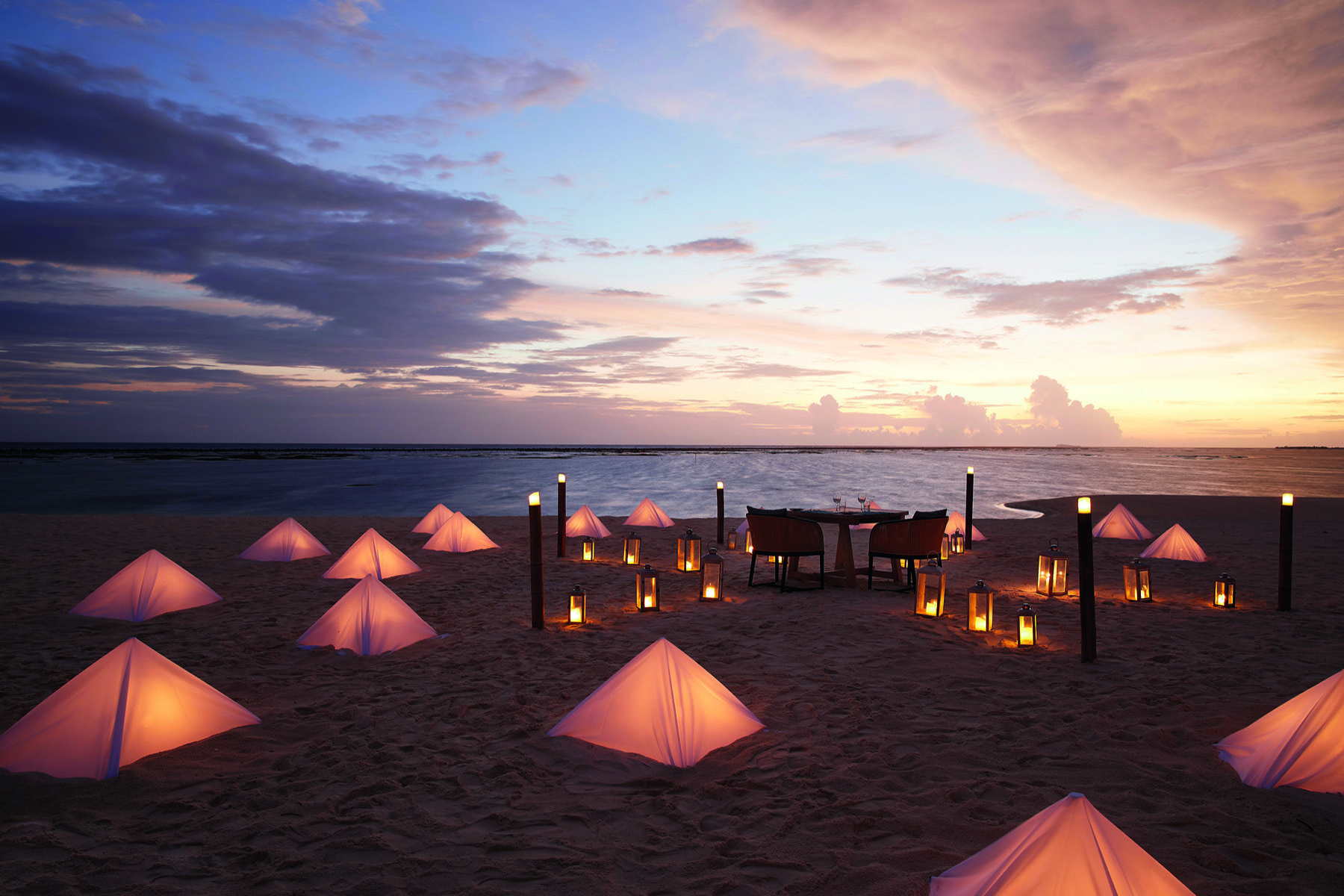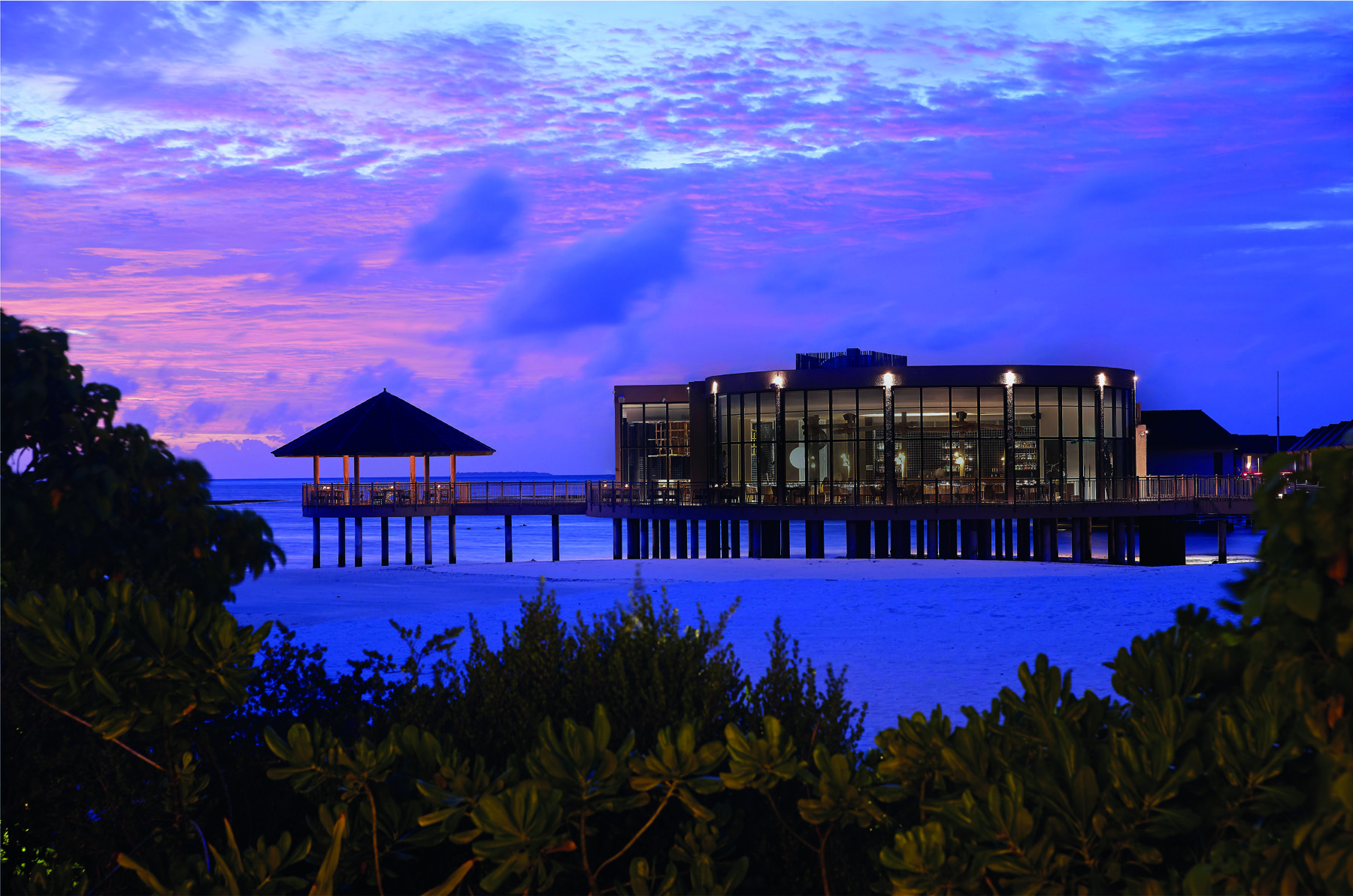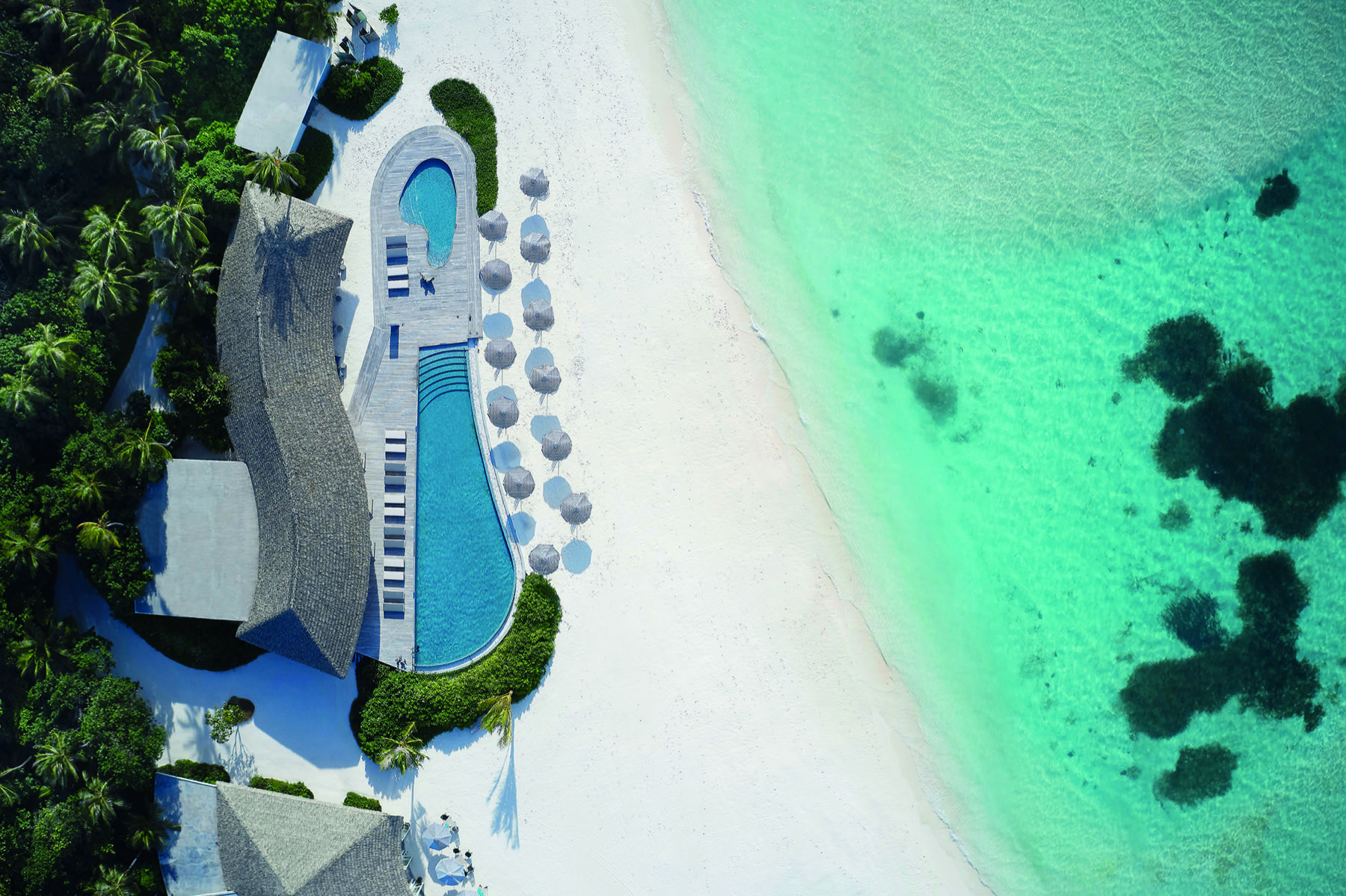With the «Tivoli Doelen Amsterdam», Tivoli Hotels & Resorts is opening its first hotel in the Netherlands – and, as always, it’s stylish, elegant and endowed with that very special charm that turns a break into a rest.
Came to stay? Definitely the hotel when it comes to dependability. As a guest, you are more likely to be a repeat visitor. That’s because the Tivoli Doelen Amsterdam is more than just a hotel. It is the perfect temporary home for anyone who wants to experience the Dutch metropolis right outside the door during the day, but wants to enjoy peace, time away and style again in the evening. Newly opened this spring, the establishment offers 81 superior rooms plus suites and canal views. And from as little as EUR 250 per double room. You have to keep on coming back. There’s just no other way …
New, yet steeped in history
The Tivoli Doelen may have recently opened, but that does not mean that the establishment lacks history. The neoclassical building dates back to the 16th century and was home to Rembrandt’s painting «The Night Watch» for 70 years. The famous Dutch painter lived very nearby, which inspired the new owners to create a suite that bears his name and his art can be found throughout the hotel – not exclusively, but impressively recreated. And the Empress also liked to step through the doors to enjoy the proximity to the canal and the elegance of the discreet demureness. Because Sissi appreciated exactly that.
First class, and colour-coordinated
The culinary delight in the establishment goes by the name «Omber».


The in-house restaurant serves Dutch fusion dishes, which are also dedicated to Rembrandt. Namely in colour in this case, since the famous painter was satisfied with just 12 shades of colour in his time and yet combined them to create unique images. Each dish therefore contains at least one of these colour nuances and, as the name suggests, the restaurant was decorated in the painter’s signature colour. An inviting shade of brown that is as warm as it is elegant and even more refined for an interior.


Wonderful inside, even more to experience outside
But as beautiful as the hotel is, during the day you just have to step out and let yourself explore. Either on a guided tour of the city or on a cruise through the canals of the metropolis. A boat tour with drinks and snacks can be booked directly at the hotel. At the sightseeing event «In the footsteps of Rembrandt» you can go into the studio of this luminary of the art world, who died in 1669, and then visit all the places that he captured forever in his paintings. Make sure to also include a visit of the iconic Rembrandthuis. Or you can simply enjoy Amsterdam with all its beautiful and unique attractions such as the Rikjksmuseum, the Ice Bar or the Anne Frank House. Amsterdam has everything, but only one Tivoli.
Photos Copyrights: Tivoli Doelen Amsterdam

































